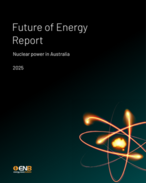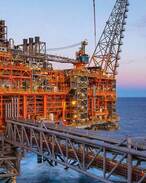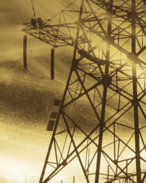This article is 19 years old. Images might not display.
The Dominion Post newspaper today reports that Hamilton-headquartered WEL Energy – whose electricity lines network extends through the Waikato region – plans to build a $NZ140 million, 72MW windfarm south of Raglan, on the North Island’s west coast, and have it operating by 2008.
WEL's Te Uku wind farm will comprise up to 24 turbines of 3MW. The project is conditional on the outcome of a $2.5m feasibility study and securing resource consents.
Late last week Tasmanian developer Roaring 40s announced it was investigating a 60MW wind farm costing up to $NZ150 million 1000 metres above sea level in the Cairnmuir Mountains, near Cromwell in the southern South Island.
While the site is relatively remote from centres of population, it is in an area with many hydroelectric facilities that has good access and is crisscrossed with transmission lines.
Roaring 40s has received permission to put up a 30m meteorological mast on privately owned farmland. The trial would allow the company to know what the wind resource was like to a high degree of detail and would indicate whether the site would be able to produce electricity at a competitive price, project manager Richard Mackie told Fairfax New Zealand newspapers.
Central Otago District Mayor Malcolm Macpherson said he knew of five proposed windfarms in the area. The council is planning to appoint a windfarm committee to investigate the potential community benefits and costs.
Roaring 40s, owned by Tasmanian state power company Hydro Tasmania has also teamed up with Hawkes Bay lines companies Unison and Eastland Northworks to investigate possible windfarm projects on the east coast of the North Island, making WEL the third New Zealand electricity network company to announce moves into windfarm development.
New Zealand lines companies want the government to relax restrictions relating to ownership and overall responsibility for windfarm developments.
The Dominion Post quotes WEL chief executive Mike Underhill as saying the Electricity Industry Reform Act of the 1990s prohibited lines companies from owning both generation and transmission facilities.
Underhill said WEL wanted ultimate accountability for the performance of the windfarm and to expect anything else was nonsense.
WEL was happy with financial separation – through having separate accounts for each business – to ensure its lines business was not cross-subsidising windfarm operations.
Unison and Eastland Networks are also seeking exemptions to the separate governance rules for their planned Hawkes Bay windfarms.
Developers are now planning nearly 1000MW of wind farms in New Zealand – most of them in the North Island – to be operating between 2007-12.






















